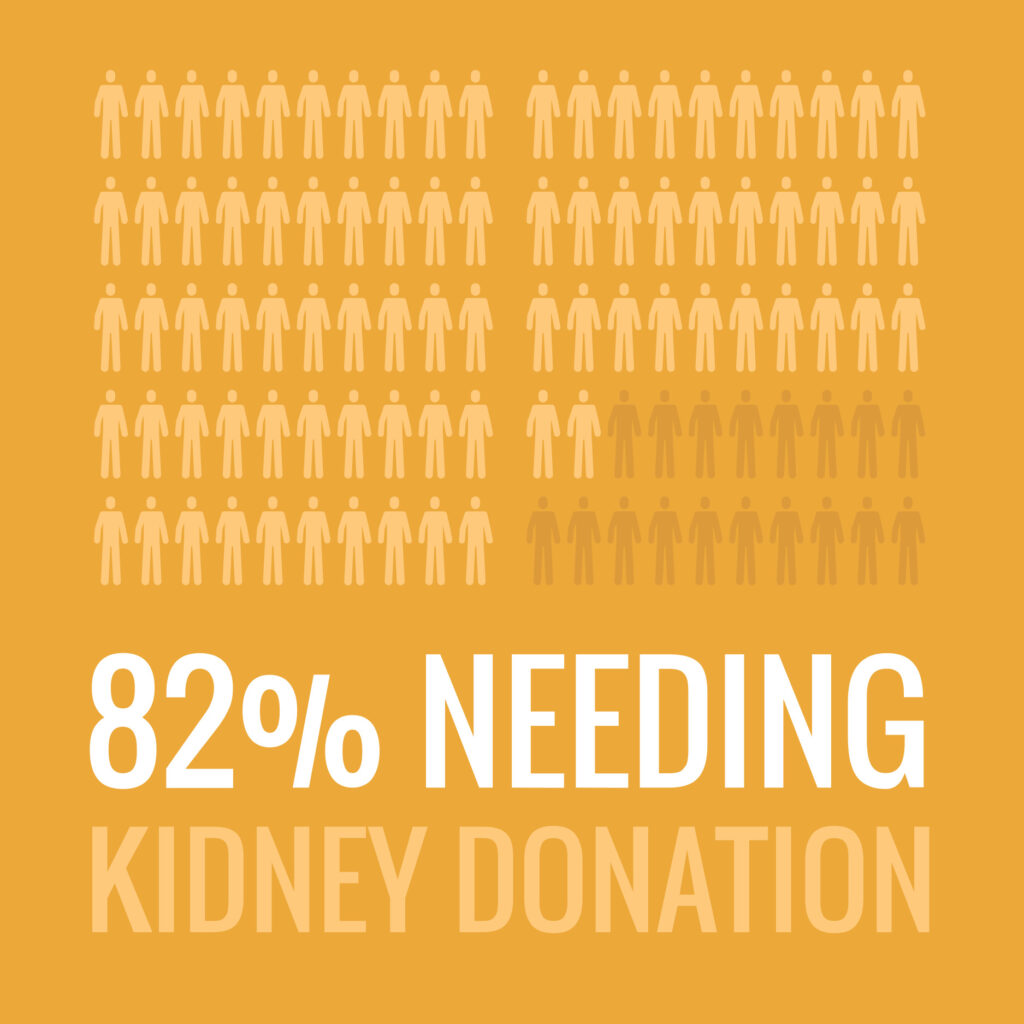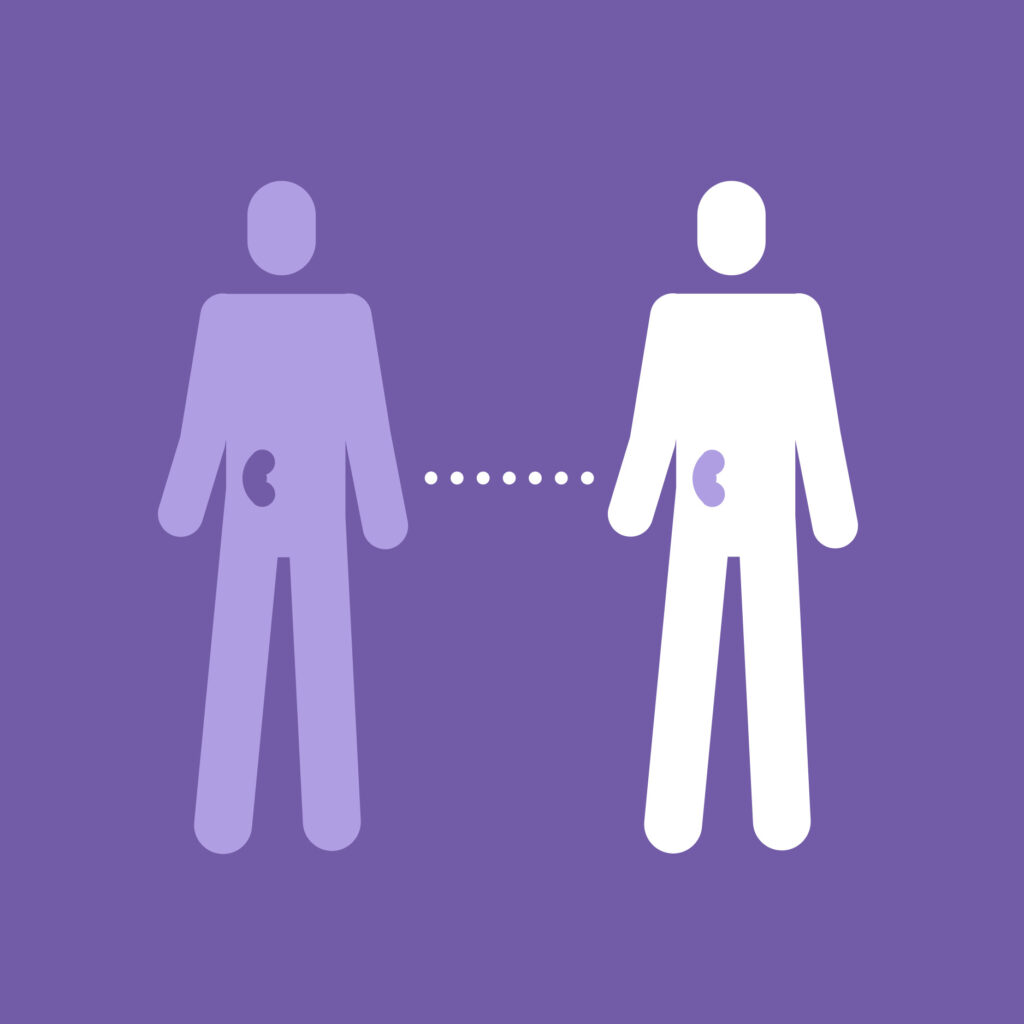Living organ donation first emerged in 1954, when a kidney from one twin was successfully transplanted into his brother. It has become an increasingly important way to help confront the shortage of organs available for transplants, reduce wait times for recipients, and give people a second chance at a fuller, more independent life.

